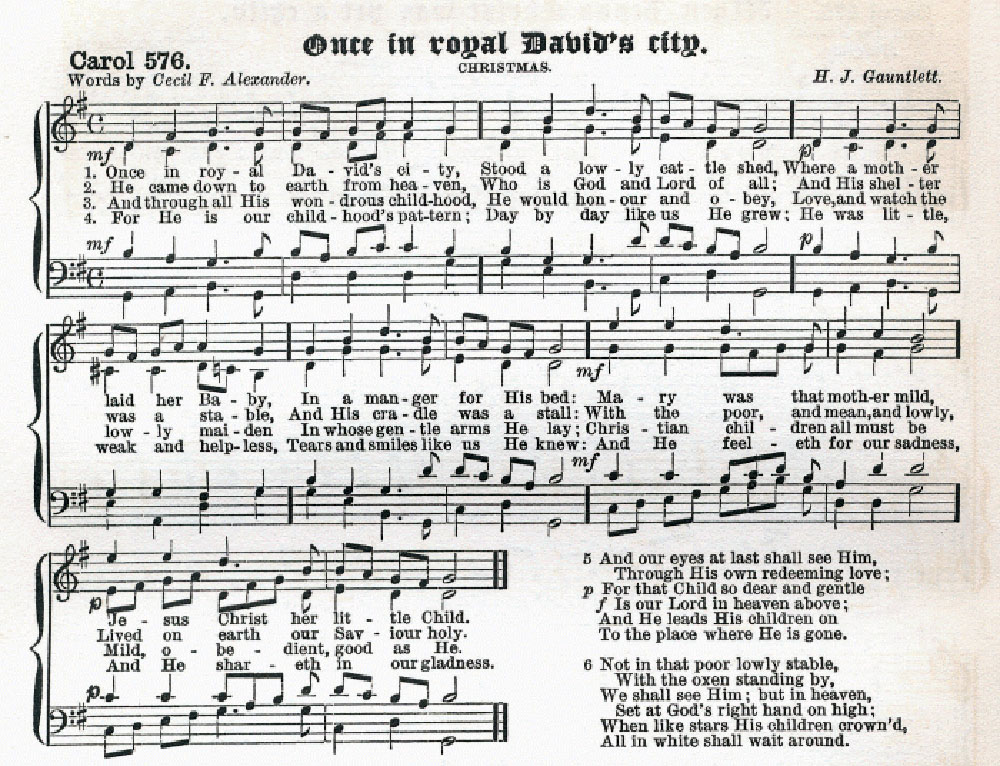
Roger Scruton. Wikipedia photo.
The Washington Post has an obituary this morning for Roger Scruton, whom the Post describes as a “British philosopher, author and high priest of conservatism.” Scruton was a lipstick conservative. By that I mean that his fundamental meanness was masked by good manners, nice clothes, connections to Cambridge, and even a trip to the palace to be knighted by the queen.
Lipstick conservatism was the rule during the era of Thatcher and Reagan. But in the era of Trump, the masks are gone. Trump’s “Make America Great Again” conservatives no longer feel a need to disguise themselves with lipstick. Ugly things that once had to be encoded and encrypted are now spoken openly. But regardless of how well they speak English or how they dress, they are the same thing: ugly.
I have not read Scruton’s books, and I won’t. But it doesn’t take many words to reveal what he was. According to the Wikipedia article, Scruton wrote, in praising authority, that obedience — obedience! — is “the prime virtue of political beings, the disposition that makes it possible to govern them, and without which societies crumble into ‘the dust and powder of individuality.'” His sense of virtue permitted him to write articles favorable to tobacco without disclosing that he was receiving monthly payments from a tobacco company. When busted for this, he attacked others and made no apology. The Washington Post obituary says, “Unabashedly elitist, he favored fox hunting, the fur trade, Bordeaux wines and the House of Lords, as well as an old-fashioned death sentence, hanging. Single mothers, gays, socialists and multiculturalism came in for scathing criticism.” The Pet Shop Boys once sued Scruton for libel for a gratuitous insult that was provably wrong. The Pet Shop Boys won.
It happens that, when I read Scruton’s obituary in the Post, I was about 30 pages from the end of Katrina Forrester’s book on John Rawls and the history of liberal philosophy. Though many moral and political philosophers who engaged, extended, or criticized Rawls’ thinking are discussed in this book, Scruton is not mentioned. He just doesn’t signify, even as a critic. The contrast is remarkable. While liberal philosophers were building an elegant and rigorous theory of fairness, equality, and justice, Scruton was making mud pies out of privilege and meanness and getting knighted for it.
I Googled for other obituaries for Scruton; they’re mostly hagiographic. But, as for me: Goodbye, Roger Scruton. I’m glad I never knew you.










